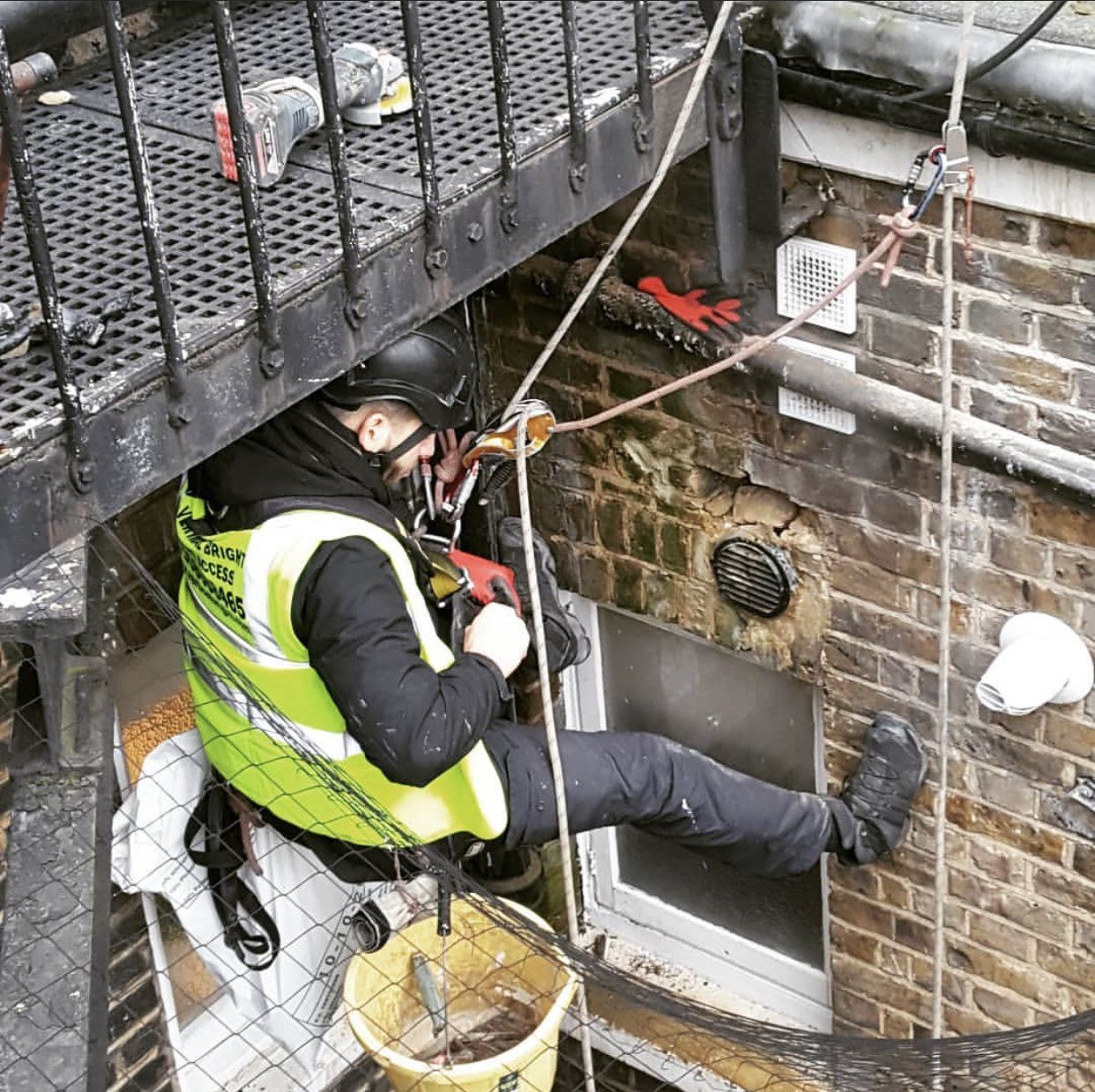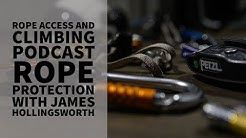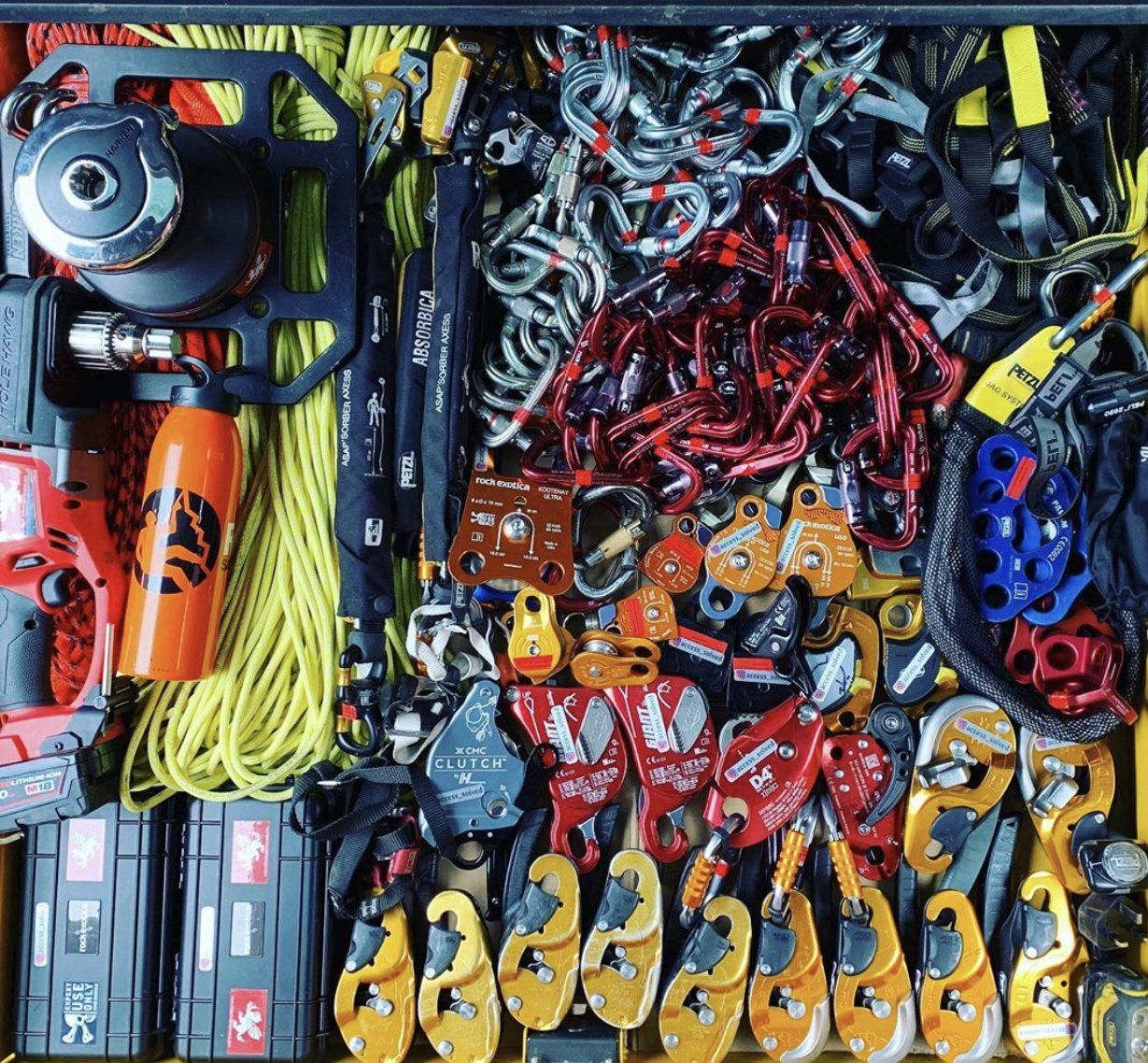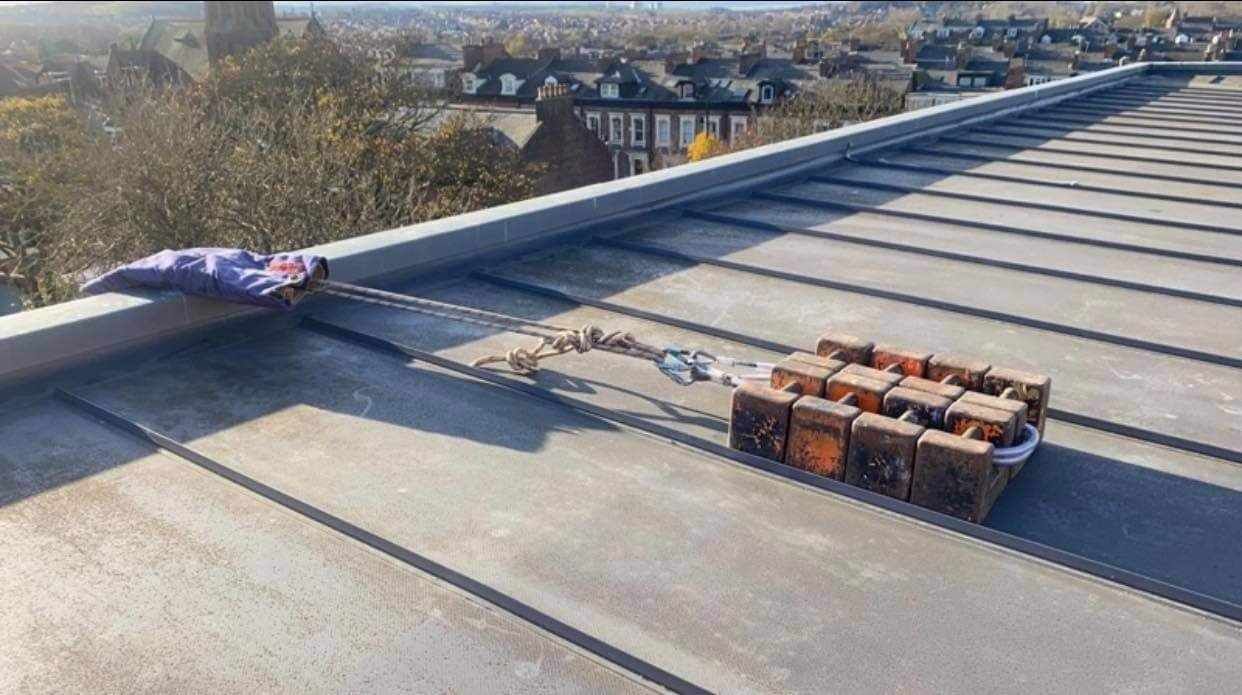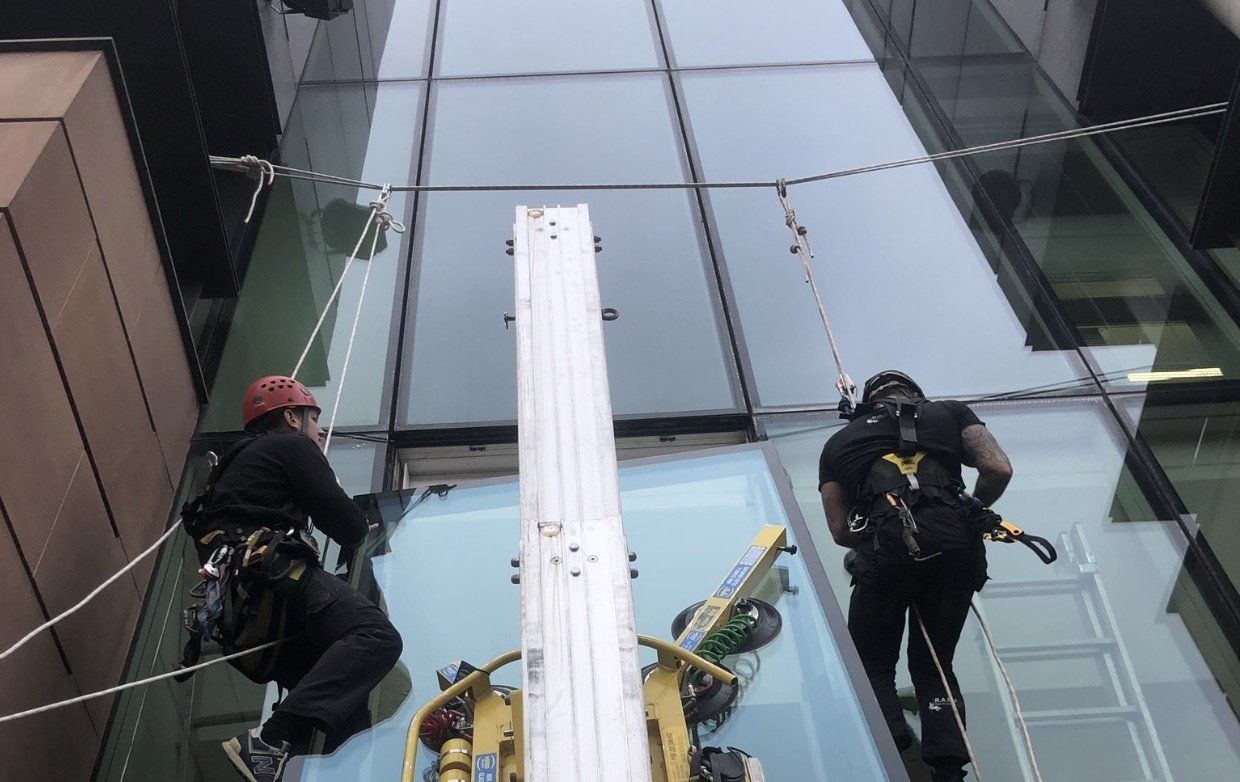Hazard Identification & Risk Assessment
Hazard Identification & Risk Assessment
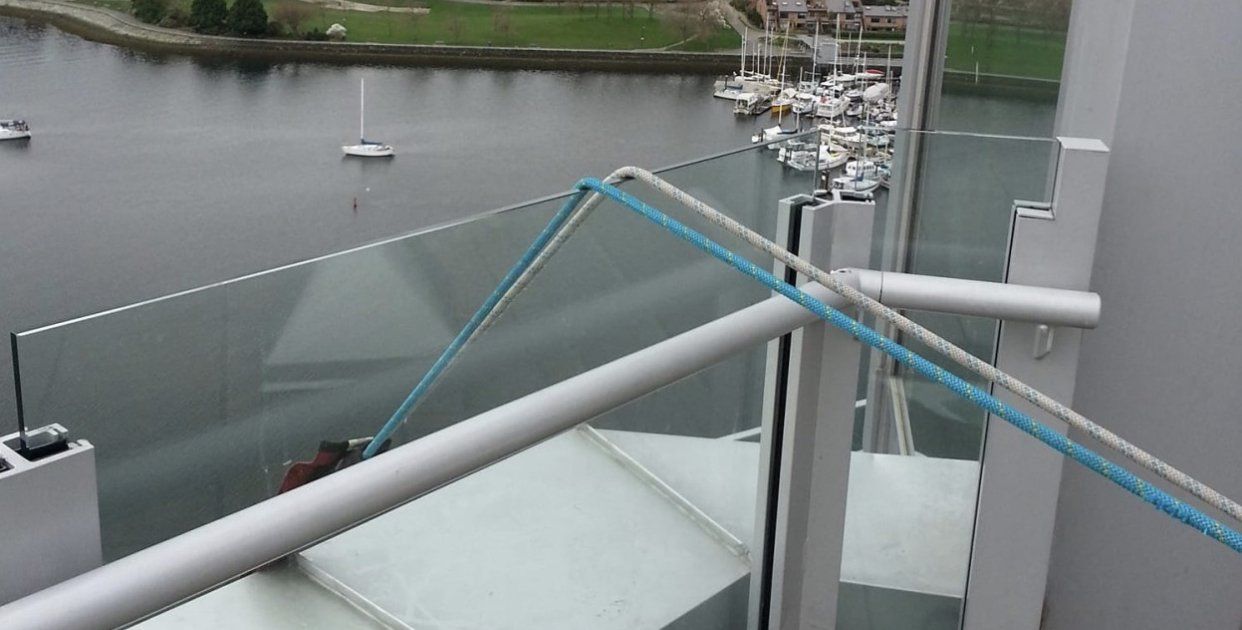
I didn't want this just to be an article full of snippets from the Work at height Regulations or the ICOP, But unfortunately there's no getting away from it. I could just spout out my opinions but I want this to be factual and current (Thats not to say my opinions aren't factual and current). To ensure a safe working environment, there is a need to understand the exact definition of Risk.
We will then have the ability to estimate, evaluate and take action if necessary
A Hazard is anything that has the potential to cause harm. This could be something as specialised as piece of complicated machinery, or as commonplace as a cup of coffee.
A Hazardous event takes place when someone or something interacts with the hazard and allows it to cause harm.
Every hazardous event has likelihood and a consequence.
Likelihood is the measure of the chance that the hazardous event will occur and the consequence is the outcome of the hazardous event.
Risk = Likelihood x Consequence
While the risk matrix (To the left) method is popular, it can be highly subjective, with the potential for questionable results. Consequently, if a satisfactory risk assessment is to be achieved when using this method, very careful thought has to be given when deciding on the likelihood and severity values.
The HSE call their risk assessment framework '5 steps to risk assessment' and it provides a step by step process that enables us to identify hazards and decide on suitable controls as shown below.
HSE 5 Steps to Risk Assessment
- Identify the hazards
- Decide who might be harmed and how
- Evaluate the risks and decide on precautions
- Record your significant findings
- Review your assessment and update if necessary
It is not about creating huge amounts of paperwork , but rather about identifying sensible measures to control the risks in your workplace.
Identifying the Hazards & Why things go wrong?
One of the most important aspects of your risk assessment is accurately identifying the potential hazards. Managers, supervisors and technicians sometimes underestimate things with the potential to cause harm (the hazard). They do not:
- Check manufacturers' instructions or data sheets for equipment as they can be very helpful in spelling out the hazards and putting them in their true perspective
- Look back at your accident and ill-health records - these often help to identify the less obvious hazards
- Take account of non-routine operations
- think about the issues that surround the rope access work itself;
- take into account the advice and guidance available, e.g. ICOP
- Remember to think about long-term hazards to health (e.g. high levels of noise, exposure to harmful substances (ie. Asbestos), common causes of work-related mental ill health)
Who conducts the hazard identification and how has it been conducted? Has the person conducting the hazard identification got the experience and knowledge to do so? Are you just working off a generic set of RAMS? Do they or you attend site to carry out a survey?
How many times have you turned up to a work site blind, never having been to the site before and just gone straight up to the roof and started work? How many times have you not known who you are working with? Is there a language barrier? there are so many possible scenarios and variables this is why Risk Assessments need to be specific rather than generic.
I use a Job Planning form which allows me to input information from the site address and client details, description of work, What anchors, Emergency and Rescue, Hazard identification, third party protection etc etc This can be used to create my Risk Assessment but also can form a good Tool Box Talk to have with my team prior to the work task.
How & Who will be harmed?
Then think how employees (or others who may be present, such as contractors or visitors) might be harmed. Ask your employees what they think the hazards are, as they may notice things that are not obvious to you and may have some good ideas on how to control the risks.
For each hazard you need to be clear about who might be harmed – it will help you identify the best way of controlling the risk
Evaluating the Risks
Having identified the hazards, you then have to decide how likely it is that harm will occur, ie the level of risk and what to do about it. Risk is a part of everyday life and you are not expected to eliminate all risks. What you must do is make sure you know about the main risks and the things you need to do to manage them responsibly. Many will have heard of ALARP (As Low As Reasonably Practicable)
Your risk assessment should only include what you could reasonably be expected to know – you are not expected to anticipate unforeseeable risks.
Recording the Significant findings
Make a record of your significant findings – the hazards, how people might be harmed by them and what you have in place to control the risks. Any record produced should be simple and focused on controls.
Reviewing the Assessment & updating where necessary
Few workplaces stay the same. Sooner or later, you will bring in new equipment, substances and procedures that could lead to new hazards. So it makes sense to review what you are doing on an ongoing basis, look at your risk assessment again and ask yourself:
- Have there been any significant changes?
- Are there improvements you still need to make?
- Have your work colleagues spotted a problem?
- Have you learnt anything from accidents or near misses?
The important thing is to make sure your risk assessment stays up to date.
IRATA released a follow up video to their "Edge Management" video. This looks at the aftermath that is caused from poor hazard identification. I would recommend anyone involved in Rope Access to watch the below video (Even if you have seen it, watch it again) Pay particular attention during the interview process and the role Risk Assessments and Method Statements play.
By identifying potential hazards and through effective risk management companies can produce a safe system of work.
I found the Safety Management in the Rope Access and Work at Height industry course that I attended, which has been developed by High-q directors Karl Raby & Craig Shaw to be of great use in not only reinforcing what knowledge I already had, But developing further understanding of how to meet my legal obligations. The course is approved by the Institute of Occupational Safety and Health (IOSH) and delves into the Moral, Legal and Financial reasons to why we manage safety.
I hope this has been informative, I didn't want to make it too laborious. But I feel this is a massively important part of Rope Access, and I hope this has gone some way of opening peoples eyes to the importance also.
As always if you wish to discuss anything or feel I have missed something please feel free to contact me.

